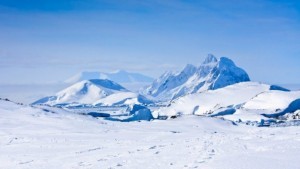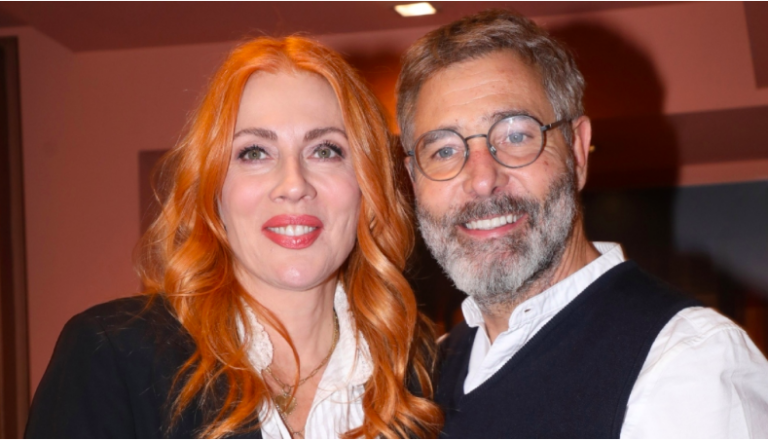A hole as large as Lake Superior or the state of Maine has opened up in Antarctica, and scientists aren’t sure why it’s there.
The gigantic, mysterious hole “is quite remarkable,” atmospheric physicist Kent Moore, a professor at the University of Toronto’s Mississauga campus, told me over the phone. “It looks like you just punched a hole in the ice.”
Areas of open water surrounded by sea ice, such as this one, are known as polynias. They form in coastal regions of Antarctica, Moore told me. What’s strange here, though, is that this polynia is “deep in the ice pack,” he said, and must have formed through other processes that aren’t understood.
“This is hundreds of kilometres from the ice edge. If we didn’t have a satellite, we wouldn’t know it was there.” (It measured 80,000 k㎡ at its peak.)
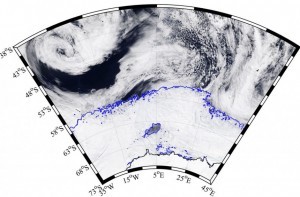
A polynia was observed in the same location, in Antarctica’s Weddell Sea, in the 1970s, according to Moore, who’s been working with the Southern Ocean Carbon and Climate Observations and Modelling (SOCCOM) group, based at Princeton University, to analyze what’s going on. Back then, scientists’ observation tools weren’t nearly as good, so that hole remained largely unstudied. Then it went away for four decades, until last year, when it reopened for a few weeks. Now it’s back again.
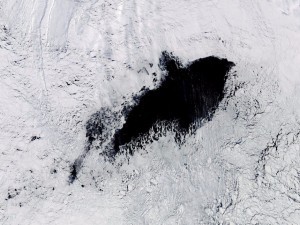
It’s tempting to blame this strange hole on climate change, which is reshaping so much of the world, including Antarctica. But Moore said that’s “premature.” Scientists can say with certainty, though, that the polynia will have a wider impact on the oceans.
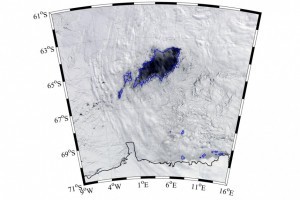
“Once the sea ice melts back, you have this huge temperature contrast between the ocean and the atmosphere,” Moore explained. “It can start driving convection.” Denser, colder water sinks to the bottom of the ocean, while warmer water comes to the surface, “which can keep the polynia open once it starts,” he said.
Using observations from satellites and deep sea robots, Moore and his collaborators are working on as-yet-unpublished research that aims to answer some of these questions. “Compared to 40 years ago, the amount of data we have is amazing,” he said.
source: vice.com
Ask me anything
Explore related questions
